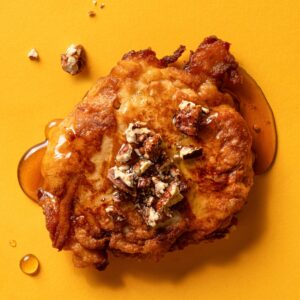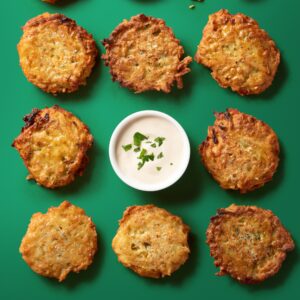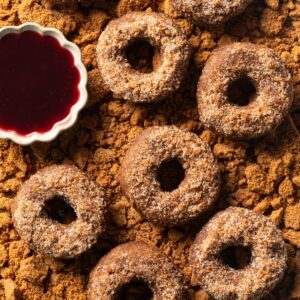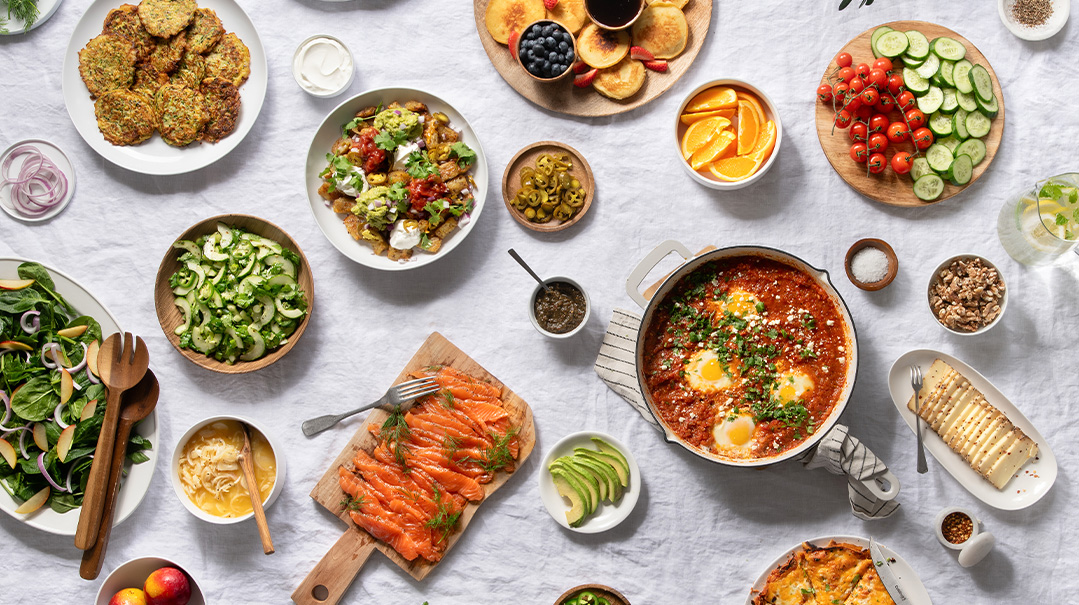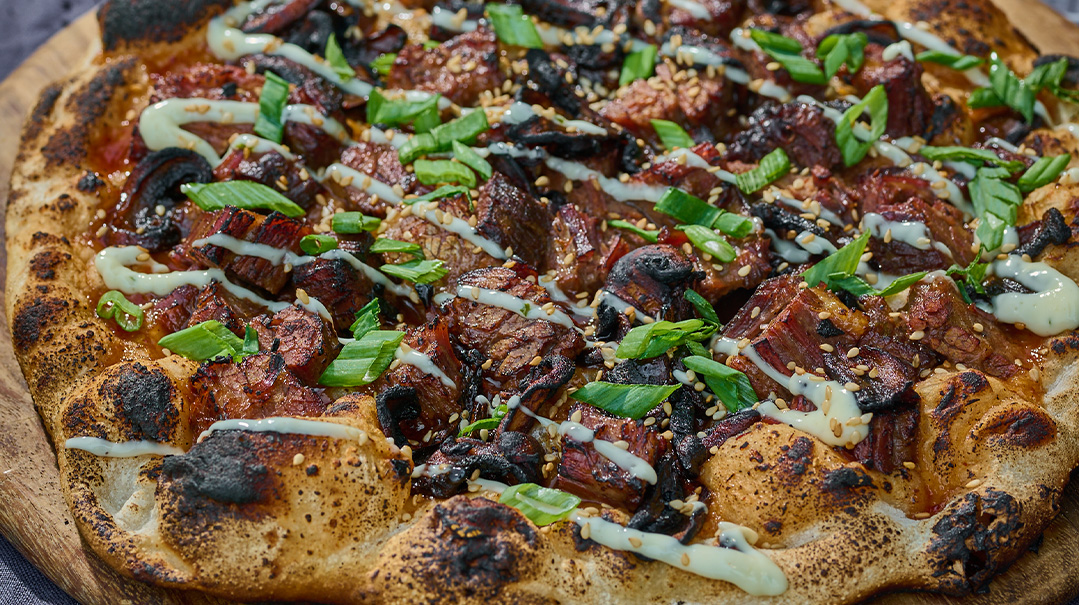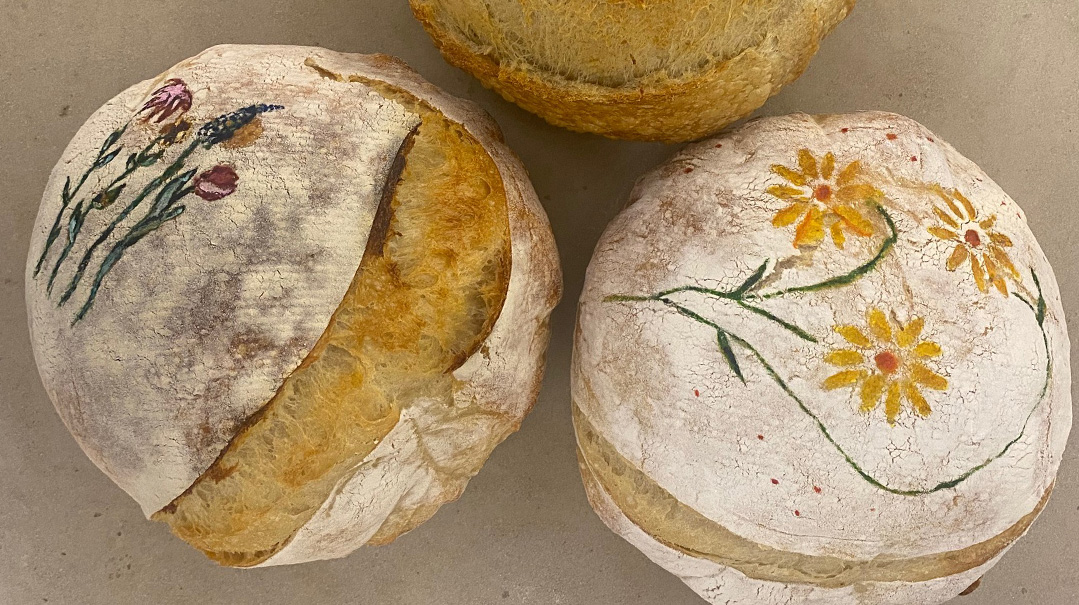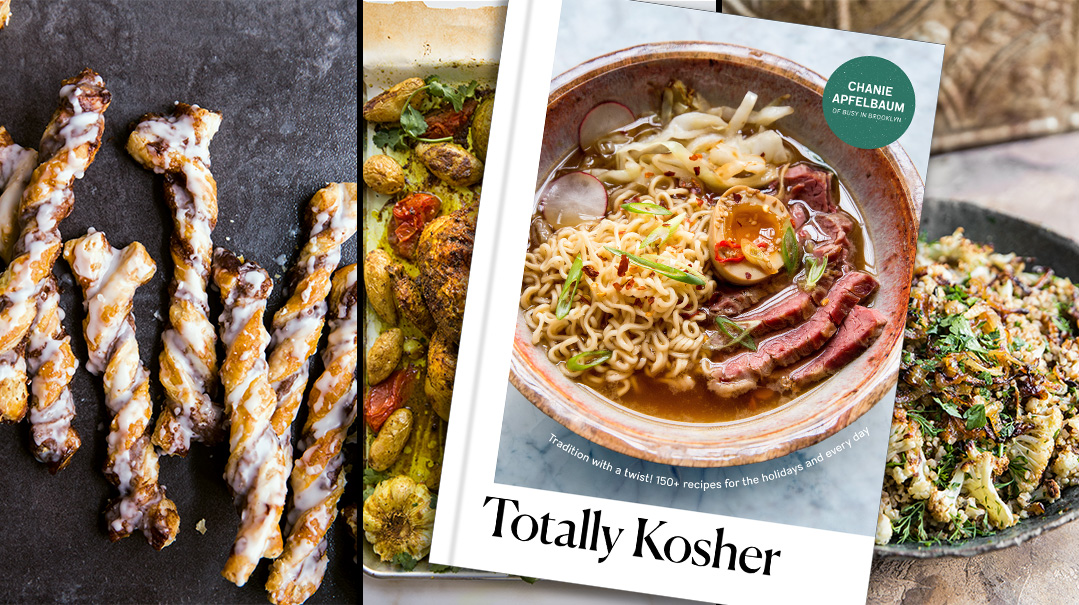Happy Kitchen, Happy Wallet


We’ve all seen how rising prices have filtered down to our day-to-day expenses (“I only bought eight items! How could my grocery bill be almost $50?!”). But who has the time, patience, or energy to run around to all the local grocery stores to take advantage of their sale items each week? Not me, that’s for sure!
Here are a number of tips that can really make a difference in your wallet. Incorporate them into your weekly routine, and you’ll see how easy it is to cook cheaply without compromising on taste or quality.
Shop Smart
Weekly sales.
You don’t need to run to all the weekly sales, but you should definitely take advantage of the sales in your usual grocery store. Look out for sale items that you use routinely and stock up on them. You’ll get more bang for your buck without adding to your gas bill.
Peruse that pantry.
It’s a lot easier to overspend when you’re not sure what you need. Look through your pantry before you write up your grocery list. If you tend to grab certain staples at the store and then get home to find that you already have enough to last a lifetime, write down what you don’t need as well as what you do.
Don’t impulse-buy.
Don’t shop when you’re hungry, and don’t buy items that aren’t on your list. You’ll come home wondering why on earth you purchased food that you weren’t planning to use at all!
Buy in bulk.
Purchase a larger package and divide and store what you don’t need right away. For example, rather than five individual packages of ground beef, buy the largest pack. You’ll get the same amount of meat, but for a significantly lower cost.
Look for deals.
Many supermarkets offer reduced pricing on bakery items on Sunday morning. You can buy these reduced-price cakes and cookies and repurpose them into desserts. Cakes are great for crumbling into mousse cups or used in a trifle, and cookies taste delicious chopped up and tossed into ice creams or crumbled over baked fruit.
Cook Smart
Double your dinners!
When buying in bulk (see above), you can also save yourself lots of time by cooking a double meal and stashing one in the freezer. You can also put away part of a meal to incorporate into another one without anyone being the wiser. Think grilled veggies on their own or tossed into a pasta, homemade pizza dough for regular pizzas and for meat knishes, leftover chicken from the soup shredded into a Chinese chicken dinner or lo mein…and the list goes on. They’re not leftovers, they’re “cook-aheads”!
Keep your freezer neat and organized.
As a caveat to the above, have a big clear-out and group foods onto different shelves. Clearly label everything you put in with the name and date so you don’t end up with a freezer full of mystery meals that you end up throwing out.
Serve cheaper mains.
Eggs and beans are inexpensive protein options. Use these ingredients for your main dishes at least twice a week.
Put out a smorgasbord.
Don’t let cooked food in your fridge go to waste. Once a week, go through leftovers and put them together with a fresh spin. Some examples are stir-fry, mac ‘n’ cheese made from leftover pasta, chicken salad, and pizzas with toppings.
Ingredient swaps.
Cook flexibly, using the ingredients you already have at home instead of sticking precisely to a recipe. For example, use garlic powder for frozen garlic cubes or vice versa; sub ½ cup mayonnaise and 2 Tbsp hot sauce for spicy mayo; and soy sauce, a little water, and a sweetener instead of teriyaki sauce. You usually can’t tell the difference in the final product.
Crockpot magic.
Besides being a great appliance for a busy mom, a Crockpot does wonders with less expensive cuts of meat; dump one in, add a sauce, and it will yield a soft and delectable main that tastes fantastic!
Prep Smart
Don't discard those wilted veggies.
A pepper with a soft spot can be cleaned up, diced, and then added to a stir-fry, chili, soup, or spaghetti sauce. The same goes for zucchini, leek, and mushrooms. Do this to the produce that’s been sitting in your fridge, or even buy on sale in bulk and do the same.
Divide and conquer.
Buy more expensive produce, like berries, when they’re in season and freeze for later use. Divide them into the amounts needed for your standard recipes; place flat in a ziplock bag and try to remove as much air as possible before sealing. They’ll stack well and leave you with more room in your freezer.
DIY.
Invest in a pair of strong chicken shears so you can buy whole chickens and cut them up yourself. You’ll spend much less on the parts than if you’d buy them precut. It’s pretty easy once you get the hang of it.
Create your own.
Store-bought sauces, dressings, and marinades are not cheap; make your own instead. Refrigerated, they’ll last quite a while.
Canned for the win.
Canned foods can seriously deliver on the flavor front without breaking the bank. Use canned fruit and veggies to create quick and easy salads. Canned pickles are cheaper than their refrigerated brothers; ditto with canned pizza sauce.
Don’t toss; recycle.
Use your extra challah from Shabbos for grilled cheese or sandwiches, or allow it to dry out and process it into crumbs. You can also cube it and toast it with oil and seasonings to create crispy, homemade croutons.
Enjoy your shopping and cooking!
Extend That Shelf Life
Most people don’t realize that even if a “best by” date has passed, the item in question is still safe for consumption. The food won’t make you ill or taste bad; the date is just a marker of quality that supermarkets use to rotate their stock. The only date you need to pay attention to is the “use by” date, which is reserved for highly perishable foods like dairy, meat, and fish.
Use your own judgment on whether or not food is still good to eat. Here are some tips to help you:
Eggs
To check the freshness of an egg, place it in a bowl of cold water. If it’s fresh, the egg will lie horizontally at the bottom of the bowl, but if it’s stale, it’ll float vertically. When the egg floats at a tilted angle, it’s probably only a week or so old, and is still good to eat.
Cheese
You can’t eat moldy soft cheese (like cottage cheese), but it’s okay to cut the mold off hard cheese. Use up leftover bits and pieces in pasta dishes, or try melting it on pizzas or in quesadillas. Alternatively, you can grate hard cheese and freeze it in sandwich bags, ready to sprinkle straight onto pasta or pizzas.
(Originally featured in Family Table, Issue 815)
Oops! We could not locate your form.

